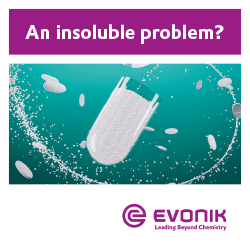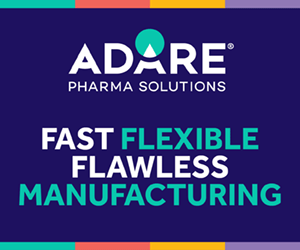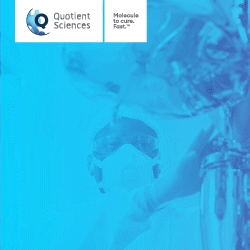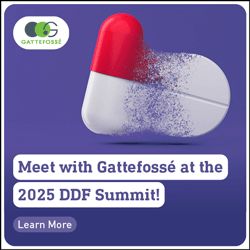issues
July/August 2012
Download PDFTABLE OF CONTENTS
FORMULATION DEVELOPMENT – Deuterium Modification as a New Branch of Medicinal Chemistry to Develop Novel, Highly Differentiated Drugs
Philip Graham, PhD; Julie Liu, PhD; and David Turnquist, MBA; show that deuterium modification may be used broadly to improve upon previously known compounds or their analogs, in turn offering potential benefits in a wide range of therapeutic areas.
FEATURES
BIOAVAILABILITY ENHANCEMENT – Addressing Solubility Challenges: Using Effective Technology & Problem-Solving for Delivery Solutions
Rod Ray, PhD, reviews his spray-dried dispersion (SDD) technology, which is recognized as a reliable solution to oral bioavailability challenges because of its proven performance, predictable long-term stability, and excellent manufacturability.
EXECUTIVE INTERVIEW – Caisson Biotech: Innovatio in Drug Delivery Using a Naturally Occurring Sugar Molecule
Thomas Harlan, CEO of Caisson, discusses how his company is improving the quality and delivery of numerous medications, making life easier for patients, and offering new ways for companies to enhance their drug pipeline.
CONTRACT SERVICES – Injection Molding in the Pharmaceutical Industry
Andrew Loxley, PhD, and Brett Braker say many of the processes used to manufacture products within the pharmaceutical industry are unique to the particular product; however, there are also processes that have been borrowed and adapted from other manufacturing industries and successfully employed in the development of pharmaceutical products. One such example is injection molding.
DRUG DEVICES – Mathematical Modeling for Faster Autoinjector Design
Jonathan Wilkins, PhD, and Iain Simpson believe a fast and effective approach to a better injection device design is a novel combination of mathematical modeling on a desktop PC, supported with complementary experimental data.
DRUG DELIVERY – Recent Developments in Microneedle Technology for Transdermal Drug Delivery & Vaccination
Mikolaj Milewski and Amitava Mitra highlight some of the recent advances in the field of microneedle-mediated transdermal drug delivery and vaccination, including summaries of preclinical pharmacokinetic data and a brief overview of clinical studies, encompassing the time period from 2010 to present day.
SPECIAL FEATURE – Transdermal, Topical & Subcutaneous: Non-Invasive Delivery to Expand Product Line Extensions
Contributor Cindy H. Dubin asked delivery system providers and contract developers and manufacturers to describe their products and service offerings in their respective areas of expertise and how they are changing the overall landscape of the transdermal, topical, and subcutaneous markets.
FORMULATION DEVELOPMENT – Deuterium Modification as a New Branch of Medicinal Chemistry to Develop Novel, Highly Differentiated Drugs
Philip Graham, PhD; Julie Liu, PhD; and David Turnquist, MBA; show that deuterium modification may be used broadly to improve upon previously known compounds or their analogs, in turn offering potential benefits in a wide range of therapeutic areas.
DRUG DEVICES – A Next-Generation Inhaled Dry Powder Delivery Platform
Jean C. Sung, PhD, says that while delivery of drugs via first-generation inhaled drug systems provides great advantages over oral or intravenous delivery, these systems also have inherent limitations, creating a tremendous opportunity for next-generation inhaled delivery platforms.
EXECUTIVE INTERVIEW – Accera, Inc: Discovering Breakthroughs in Treating Central Nervous System Disorders
Holger Kunze, CEO of Accera, discusses the company’s novel approach to treating AD by addressing cerebral hypometabolism.
COVER
FEATURES










